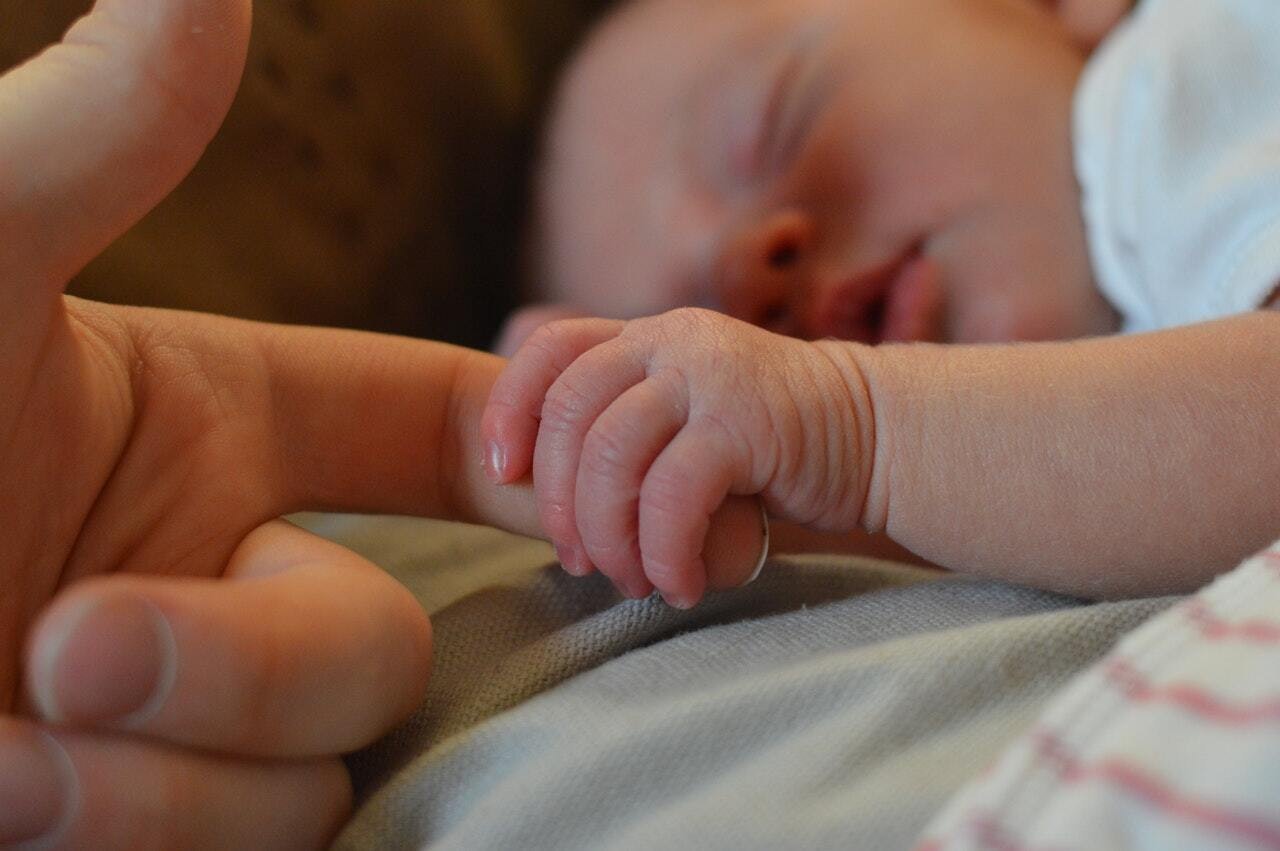By The Center Square
In the continuation of a longer-term trend stretching back over a decade, the number of births in the U.S. fell by 4% in 2020, pushing the birth rate to its lowest point on record.
Experts attribute falling birth rates to the increase in the average age of mothers, as people have been marrying and having children later in life.
A growing body of evidence suggests that the COVID-19 pandemic may have deterred many would-be parents from starting families.
As it has been since 2007, the U.S. birth rate is well below what is referred to as “replacement-level fertility,” the birth rate a country must maintain to keep population levels stable without immigration.
This could prove to be a problem.
Though it is difficult to predict the implications with any degree of certainty, an aging and shrinking population could slow economic growth, strain government funding, and lead to worker shortages.
In Wyoming, the birth rate is in line with the national average.
There were 10.8 births for every 1,000 people in the state between July 1, 2020 and July 1, 2021 compared with 10.8 per 1,000 nationwide, according to the U.S. Census Bureau’s Population and Housing Unit Estimates Program.
Wyoming’s birth rate ranks as the 24th lowest among states.
Births outpaced deaths in Wyoming in the most recent year of available data.
Excluding net migration — the number of people who moved to or from the state — Wyoming’s population expanded by 0.03% over the 12 months ending in July 2021.





